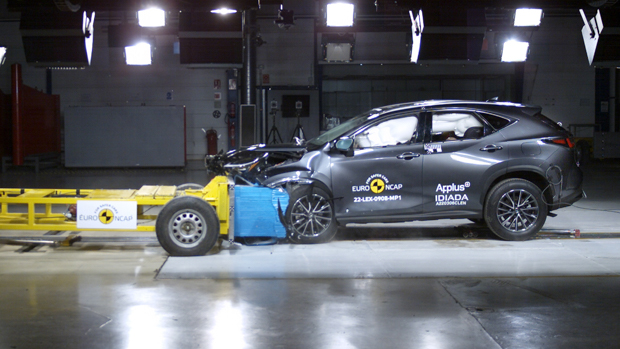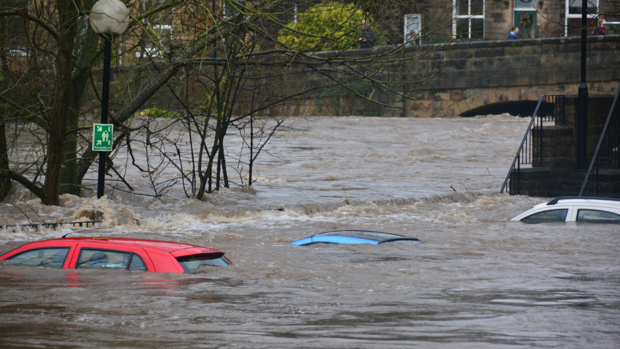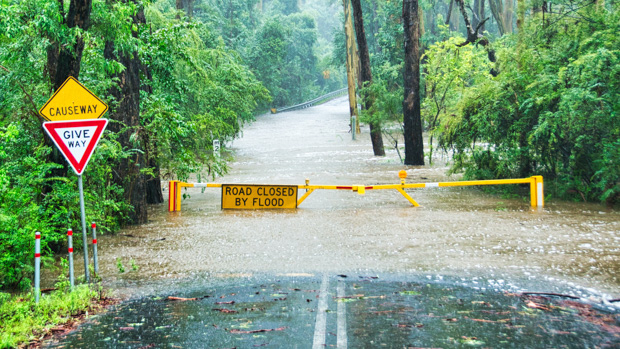-
Car Reviews
- All reviews
- Midsize SUVs
- Small cars
- Utes
- Small SUVs
- Large SUVs
- Large cars
- Sports SUVs
- Sports cars
- Vans
Latest reviews
- Car News
-
Car Comparisons
Latest comparisons
- Chasing Deals
ANCAP’s latest testing procedure will see cars subjected to underwater scenarios as well as more stringent active safety and child protection measures
Every two years the Australasian New Car Assessment Program (ANCAP) is updated with new procedures and the latest tests will come into effect on 1 January 2023.
With unprecedented flood events on the east coast of Australia it isn’t just crash worthiness that ANCAP is assessing on, but also the ease of occupant escape in worst-case scenarios.
Alongside new standards for ingress and egress in emergencies, ANCAP is also testing ‘Child Presence Detection’ technology that can alert a driver to a child left in a car.
There is also a greater focus on how a car’s lane assist and autonomous emergency braking (AEB) systems detect motorcycles and other vulnerable road users.
ANCAP CEO Carla Hoorwed told Chasing Cars, “Traditional vehicle safety has focussed on vehicle crashworthiness – how the structure of a car protects its occupants – but today our view of vehicle safety is much more holistic.
“Our requirements now encourage the standard fitment of crash avoidance technologies and features which assist and protect vehicle occupants, other road users and emergency services teams.”
The submergence test is a timely addition with the recent weather systems bringing unprecedented flooding to Australia’s East Coast. Points scored here will fall into the broader Adult Occupant Protection criteria.
The new assessment is concerned with how safe an exit is from a submerged vehicle, for both occupants and first responders.
To pass the test, manufacturers must prove a vehicle’s doors are openable from the inside without power from the battery, and electric windows must continue to function for at least 10 minutes after the vehicle is submerged.
If the doors cannot be opened without power, or the electric windows do not function after 10 minutes submerged, then countermeasures to break the glass should be added with a prominent section in the vehicle owner’s manual to score full points.
Hoorweg said of the new test: “post-crash response is a critical element in ensuring survivability. Submergence systems require the vehicle’s electronic systems to remain operable once submerged, so that car doors and windows can be opened.”
ANCAP’s 2023 protocols will also evaluate whether a car can warn the driver when a child has been accidentally locked in a car when the driver is away from the vehicle. This could be through audible chimes, automatically turning on the ventilation or more technological solutions, including phone alerts via connected apps.
Some vehicles will use simple weight sensors in the rear seat, but cars may be rewarded for using more accurate heat or heart rate-based detection systems.
There will be an additional focus on car-to-motorcycle detection for AEB and lane-keep assistance systems added for 2023.
According to Hoorweg, this is because “motorcycles can be more difficult to detect than cars or trucks, and these new tests will encourage improvements in avoiding collisions with these vulnerable road users.”
ANCAP’s new protocols will come into effect for vehicles tested by the independent crash-testing body from 1 January 2023.
Latest news
About Chasing cars
Chasing Cars reviews are 100% independent.
Because we are powered by Budget Direct Insurance, we don’t receive advertising or sales revenue from car manufacturers.
We’re truly independent – giving you Australia’s best car reviews.


